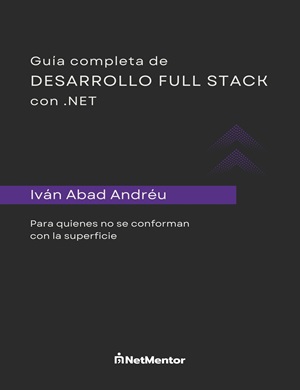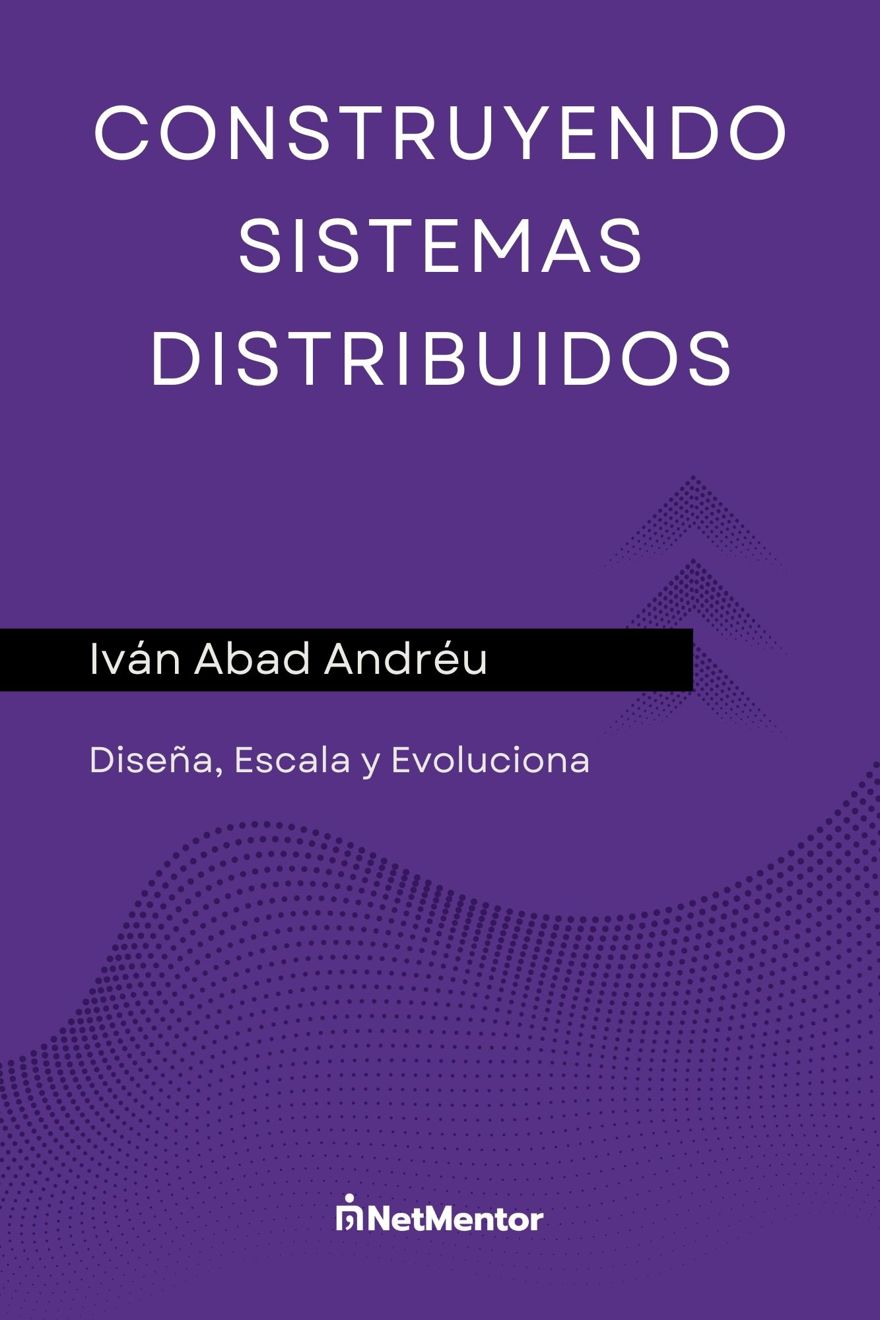As most of you already know by now, summer is full of artificial intelligence news, and in this case it was Open AI's turn, as they recently announced the release of ChatGPT-5.
Table of Contents
1 - What does the new ChatGPT-5 bring?
If you watched the presentation, you probably noticed that at first glance there wasn't anything new or groundbreaking in this new version, and that's the reality—this version is a bit smarter, faster, and more reliable as it hallucinates less, but it's not the revolution you might expect.
What they have done is merge all the previous models with those confusing names into a single one.
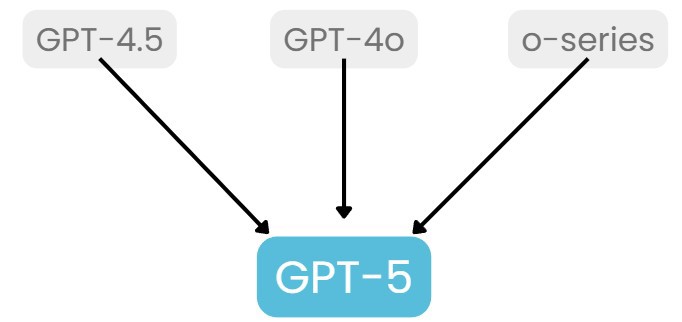
This means that now we only have to use GPT-5. Honestly, it makes life easier for all of us.
Additionally, for all free users, they made ChatGPT-5 available from day one, and this is something that has never happened before.
Since these changes don't seem like a big deal at first, they've added color customization to the chat itself! Wow! What a crazy feature!
I understand that nobody really cares about this, but since it works for Apple, it’ll probably work for them too.

Jokes aside, where they do say it has improved is in its capabilities similar to a person with a PhD. To be honest, from what I've seen so far I'm not convinced, though it definitely has improved in handling code, where it understands context better, as you’d expect.
2 - Using ChatGPT-5 for Programming
I tested ChatGPT-5 for programming over the weekend.
In my experiments I tried both the web version, directly in the chat, and the version inside Cursor. The experiences varied.
Let’s start with the web version.
First, I tried making a web application for home renovations, the classic app where you enter dimensions and build walls and such, but it didn't work out, I couldn't get past this view:
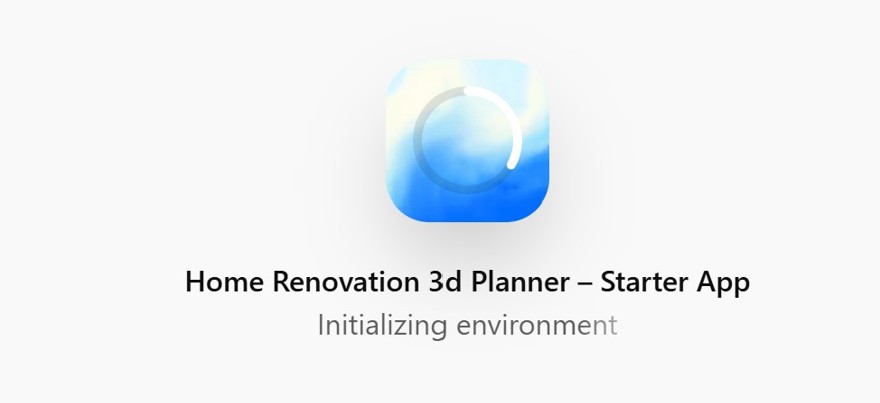
The second thing I tried was creating a landing page for my distributed systems book, and that went much better.
The prompt was as simple as: I want a landing page for my book, here is the info and this is the color of the cover. I ran several versions and found one I liked quite a lot:
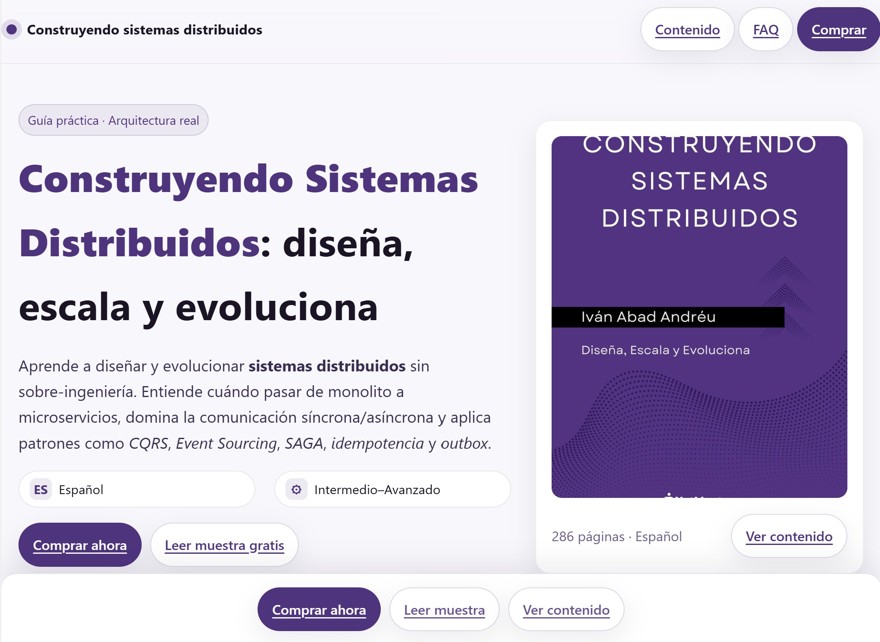
Since the app didn't quite work out but the landing page was good, I decided to try making a game. I've always been a fan of tower defense games, but none quite excite me because they force you to place troops in certain spots—I want to build the path myself. So, after crafting a solid prompt and several iterations, I ended up with something like this:
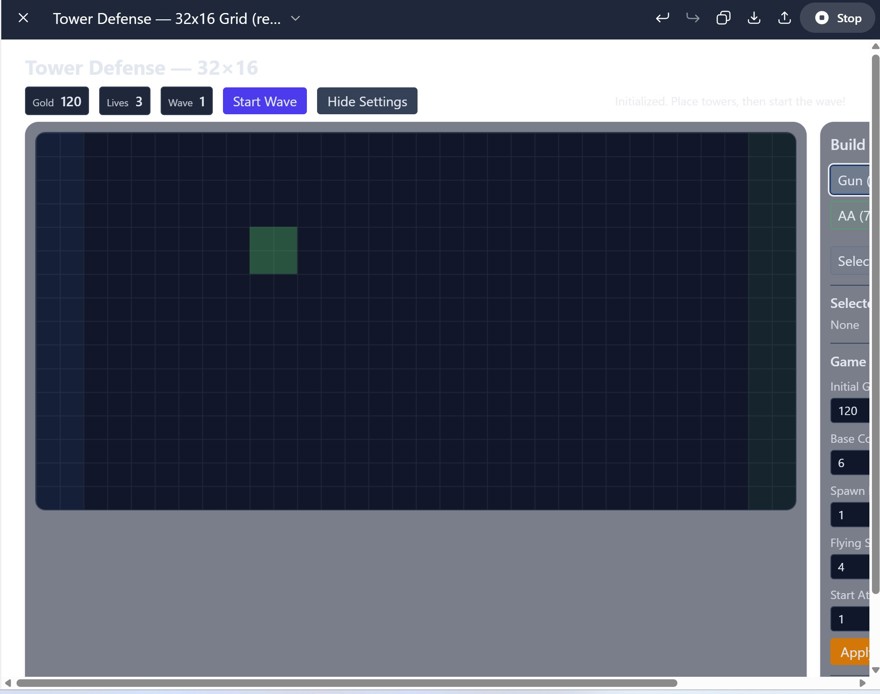
Which, honestly, is not ideal.
At this point, I remembered that during the OpenAI presentation, they mentioned that ChatGPT-5 would be integrated into Cursor from the get-go, so I gave it a shot.
This time, I interacted with it much more—not just a single prompt and done, but iterated every time I ran into a problem, etc.
The premise was the same: make a tower defense game, functional, in pure HTML, CSS, and JS, without using any framework.
From the first prompt, I already had something decent: multiple enemies, multiple turrets, collision detection, and the pathfinding algorithm working perfectly. From there, it was just a matter of iterating and improving it bit by bit, and the end result looked like this:
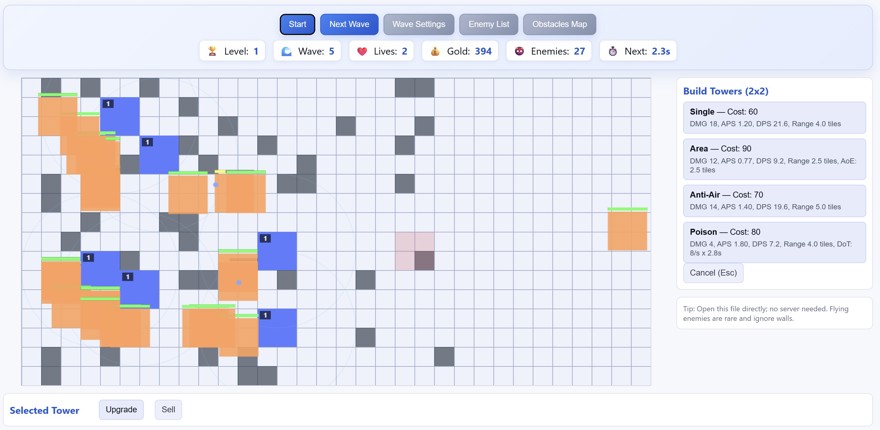
It may not look like much, but this game is full of features. On top of what I’ve already mentioned, there’s a wave system, turret level progression, turrets with area damage, others that only attack flying enemies, different speeds, etc.
Of course, there’s a lot to improve or change, like the automatic wall system, but the truth is it works, and as a product I spent just an hour or two on, the results are surreal for how good it is.
I’ll have the code available on GitHub, and I’ll keep working on it when I have some spare time.
3 - Comparison with Previous Versions
To wrap up, I want to make a brief comparison with previous versions of ChatGPT or AI tools I’ve worked with.
I’ve made several videos on this blog about it and was never very happy with any version, but this time, yes, with this latest iteration that includes Github Spark, Claude Sonnet 4.1, and in this case ChatGPT-5, things are starting to get serious. While it’s still far from understanding a large project or being production-ready, the current AI models (as of August 2025) are at a hobbyist level, where you can easily build a hobby app or similar with no problem.
In fact, now there’s no excuse when you need an app that doesn’t exist or doesn’t fit your needs exactly—you can now create it in hours, or even less.
We’ll see if in a few years AI really does take our jobs or not. By the looks of things, it’s going to take a while, but we’ll remain watchful.
